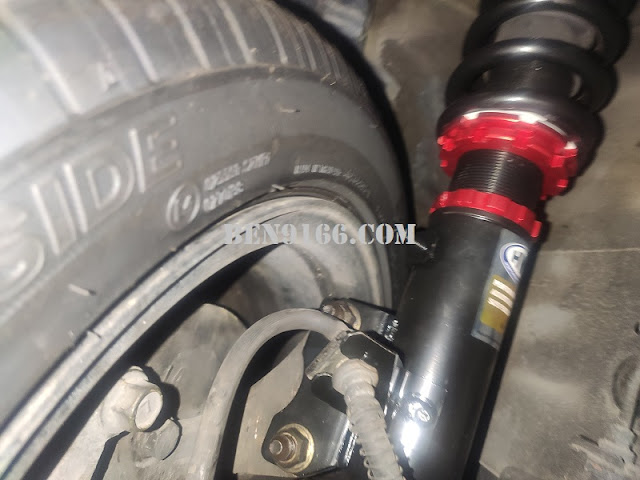
Engine Teardown – Diagnosing the Real Cause of the Engine Compression Loss
After waiting for some time, my mechanic was finally available to proceed with the full engine teardown. The goal? Thus, to uncover the true reason why my engine had lost the engine compression in two cylinders. This post continues from this post, where we performed a compression test and found low pressure in cylinders 1 and 3.
Engine Block and Pistons – Still Functional

Upon disassembly, both the engine block and pistons appeared to be in working condition. However, I didn’t manage to take a photo of the pistons, as they were already soaking in a chemical bath to remove the heavy carbon buildup from years of usage.
✔️ Verdict: Block and pistons reusable. No scoring or cracks detected.
Crankshaft and Engine Head – Closer Inspection
Then, we inspected the crankshaft and the cylinder head.
- The crankshaft was in excellent condition with no signs of wear or misalignment. According to my mechanic, no issues here.
- However, the cylinder head was another story—carbon buildup was heavier than expected. So my mechanic reassured me that this is typical for older engines.

Then, we needed to remove the valves, valve springs, and lifters for a thorough inspection.
Engine Compression check on Cylinder 1 – Sticky Valve Discovered
After we removed the valves from Cylinder 1, we immediately noticed a sticky substance between the valve and the valve seat. This substance was preventing the valve from sealing properly—a direct cause of the compression loss we observed earlier.

This sticky deposit prevented the valve from fully opening or closing, leading to poor compression and misfiring.
❗️ Finding: Sticky residue caused compression failure in Cylinder 1.
Engine Compression check on Cylinder 2 – All Clear
Next, we moved on to Cylinder 2. Unlike the previous ones, the valves came out clean and smooth, with no signs of obstruction or carbon buildup. Surprisingly, the combustion chamber appeared normal, and the valve seating was intact and in good condition. This provided a much-needed contrast to the issues we saw earlier in Cylinders 1 and 3.
✔️ Verdict: Cylinder 2 valves operating normally.
Engine Compression check on Cylinder 3 – Same Issue as Cylinder 1
Upon inspecting Cylinder 3, we found a similar sticky residue around the valve area, just like in Cylinder 1. This confirmed our earlier suspicion from the compression test: both cylinders had lost compression due to valves not sealing properly.

🔍 Conclusion: Sticky deposits in Cylinders 1 and 3 are the main culprit behind compression loss.
Next Steps – Cleaning the Engine Head
With the problem identified, it was time to get to work. My mechanic began cleaning the cylinder head, carefully removing carbon buildup and ensuring all valve channels were cleared of sticky deposits. This process is crucial to ensure proper valve operation and restore compression.

Conclusion: Found the Root Cause of Engine Compression Loss
In conclusion, through this engine teardown, we confirmed that sticky valve residue was blocking proper valve operation in Cylinders 1 and 3. This directly caused the compression loss we discovered in our earlier tests.
With a clean head and fresh valve seals, we’re now on track to rebuild the engine and restore its performance.






